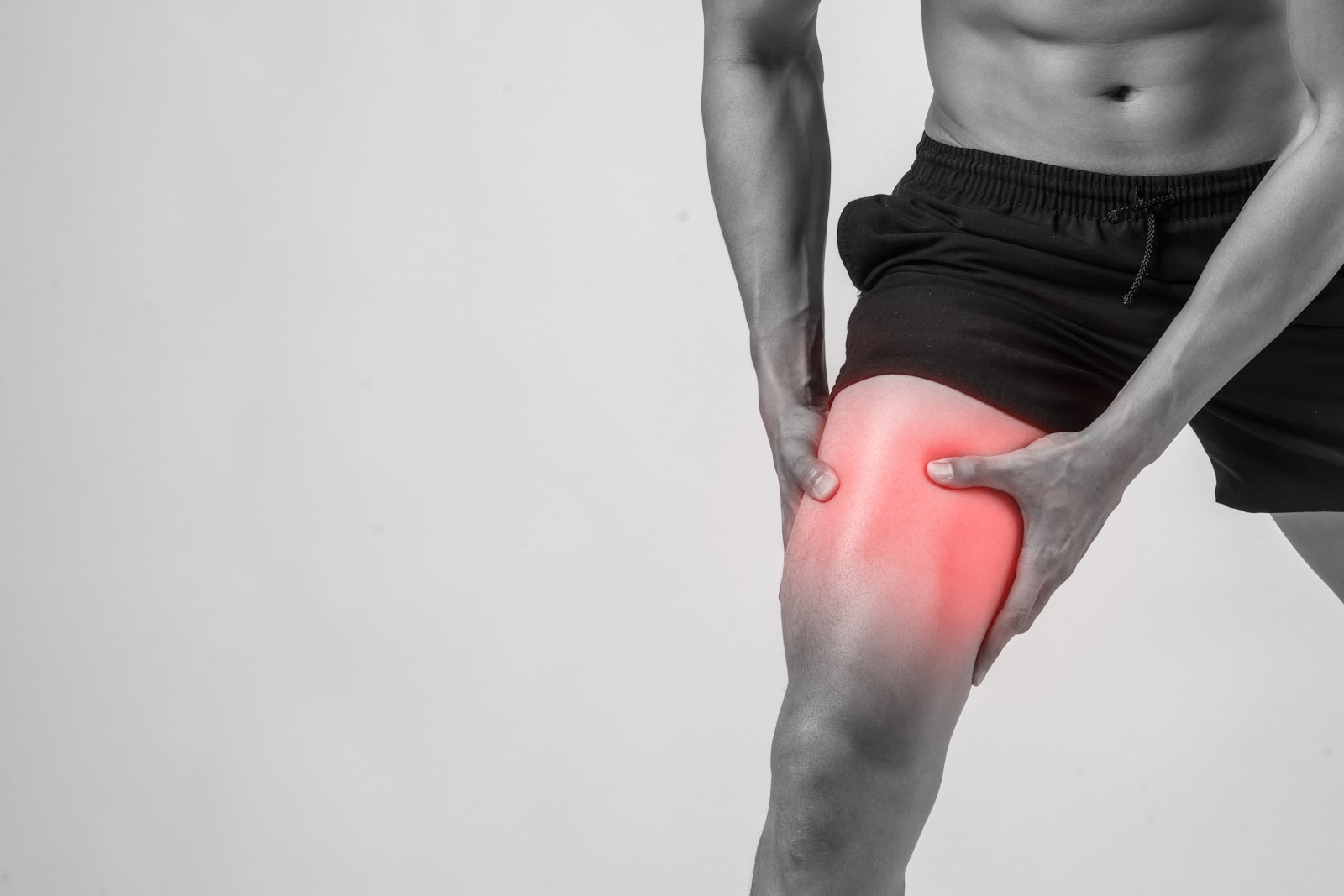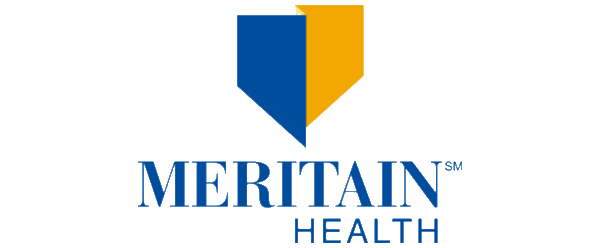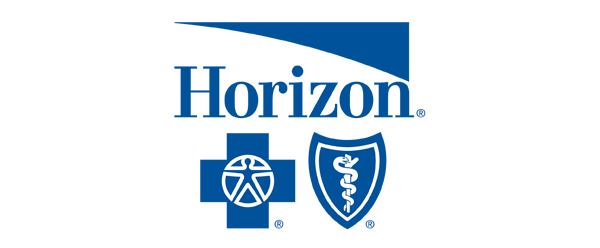Do you ever feel sudden leg cramps at night? It’s a painful experience that can affect your quality of sleep.
Thigh cramps often happen without warning, and it can be quite confusing to determine its root cause.
If you frequently suffer from this condition, you need to address it as soon as possible. Let’s discuss the causes, symptoms, and solutions of nocturnal thigh cramp to help you get a good night’s rest.
What is a Thigh Cramp?
Thigh cramps (also known as charley horse) are the involuntary tightening of the hamstrings and calf muscles.
It mostly occurs when a person is sleeping or resting, and the cramping sensation can last anywhere from a few seconds to a few minutes.
Causes of Thigh Cramps
While thigh cramps typically aren’t serious, there are instances where an underlying problem causes the condition. Here are the common causes of thigh cramps:
- Dehydration: Insufficient fluid intake can lead to an imbalance of electrolytes, causing muscle cramps.
- Overuse or strain: Intense physical activity or prolonged use of thigh muscles without adequate rest can trigger cramps.
- Poor blood circulation: High blood pressure can lead to peripheral artery disease (PAD), which reduces blood flow to the legs. This poor blood circulation often results in a painful leg cramp.
- Nerve compression: Spinal issues, such as a herniated disc, can compress nerves and cause muscle cramps in the thighs.
- Medications: Some medications, such as diuretics and statins, have side effects that include muscle cramps.
- Medical Conditions: Diabetes, thyroid disorders, and other health issues can contribute to muscle cramps.
- Age: Muscular atrophy and reduced physical activity with age can increase the likelihood of cramps.
Who Is More Likely to Get Thigh Cramps?
There are plenty of factors that increase the risk of thigh cramps, and individuals in these categories are more likely to develop them.
1. Athletes and Active Individuals
Athletes and those engaging in rigorous physical activities frequently experience thigh cramps.
Intense exercise, particularly without adequate warm-up or hydration, can lead to muscle fatigue and electrolyte imbalances, which contribute to cramps.
Runners, cyclists, and soccer players often report cramps due to the repetitive strain on their thigh muscles.
Regular physical activity without sufficient rest periods can also elevate the risk of cramping. Athletes often experience cramps in both the calf and thigh muscles, especially after intense workouts.
2. Older Adults
Aging significantly increases the probability of experiencing muscle cramps, including those in the thighs. Older adults often have reduced muscle mass and flexibility, making them more susceptible to cramps.
Age-related changes in the nervous system can affect muscle control and coordination, leading to an increased incidence of involuntary muscle contractions.
Nighttime leg cramps are particularly common in this age group. They disrupt sleep and contribute to muscle weakness.
3. Pregnant Women
Pregnancy brings about various physiological changes that can predispose women to thigh cramps. Hormonal shifts and increased blood volume can lead to fluid retention and electrolyte imbalances.
The additional weight and altered posture during pregnancy place extra stress on the leg muscle, often resulting in cramps, particularly during the second and third trimesters.
Pregnant women frequently experience leg cramps, including both calf muscle and thigh cramp episodes, especially at night.
4. Individuals With Medical Conditions
Certain medical conditions increase the risk of thigh cramps. Diabetes, for example, can cause nerve damage that affects muscle function and cause thigh cramping.
People with peripheral artery disease (PAD) may experience cramps due to restricted blood flow to the muscles.
Conditions such as hypothyroidism, kidney disease, and electrolyte imbalances can all contribute to frequent muscle cramps. Muscle weakness is a common symptom among individuals with these medical conditions.
5. People With Poor Hydration and Nutrition
Adequate hydration and proper nutrition play crucial roles in muscle function. Dehydration and an imbalance of essential minerals such as potassium, calcium, and magnesium can lead to cramps.
Individuals who do not consume a balanced diet or drink enough fluids are more prone to experiencing muscle cramps, including those in the thighs.
When leg cramps happen due to poor hydration, it often affects both the calf muscle and thigh, resulting in painful muscle cramps that disrupt daily activities.
How to Prevent Thigh Cramps
There are plenty of ways to prevent leg cramps at night.
Stay Hydrated
Proper hydration is key to preventing thigh cramps. When the body becomes dehydrated, it can lead to an imbalance of electrolytes such as sodium, potassium, and magnesium, which are essential for muscle function.
Drink plenty of water throughout the day, especially before, during, and after physical activity. Consider including beverages that contain electrolytes to replenish any lost fluids during exercise.
Maintain a Balanced Diet
A well-rounded diet rich in essential vitamins and minerals supports muscle health and reduces the risk of cramps.
Foods high in potassium, such as bananas, oranges, and sweet potatoes, help maintain electrolyte balance.
Adequate calcium intake from dairy products or fortified alternatives ensures proper muscle contraction and relaxation.
Regular Exercise and Stretching
Regular physical activity keeps your leg muscles strong and flexible, reducing the likelihood of cramps. Incorporate exercises that target the thigh muscles, including strength training and aerobic activities.
Stretching before and after workouts can prevent muscle fatigue and spasms.
Focus on stretching the quadriceps, hamstrings, and hip flexors to maintain muscle elasticity and prevent tightness.
Proper Warm-Up and Cool-Down
A proper warm-up before exercise prepares muscles for activity and reduces the risk of injury. Start with low-intensity aerobic exercises to increase blood flow to the muscles.
Follow with dynamic stretches to improve flexibility and muscle performance.
After exercising, a cool-down period helps gradually lower heart rate and relax muscles. Include static stretches in your cool-down routine to prevent muscle stiffness and cramps.
Adequate Rest and Recovery
Allowing sufficient time for rest and recovery between workouts prevents muscle fatigue and overuse, both common causes of cramps.
Ensure you get enough sleep, as the body repairs and strengthens muscles during rest. Avoid overexertion and listen to your body’s signals to prevent strain and injury.
How Deep Tissue Massage Helps Alleviate Thigh Cramps
Deep tissue massage is a great way to treat leg cramps. These cramps often result from muscle tightness, overuse, or strain.
Deep tissue massage targets the deeper layers of muscle and connective tissue, breaking down adhesions (knots) and promoting blood flow to the affected area.
This circulation helps to reduce muscle tension and accelerate the healing process.
When a massage therapist applies sustained pressure using slow, deep strokes, they can reach the underlying muscles and fascia.
This pressure helps release chronic muscle tension and knots that may contribute to cramps.
Improving blood flow helps in delivering oxygen and nutrients to the muscles while removing metabolic waste products that can cause discomfort and cramping.
- Reduce muscle soreness: Alleviating muscle tension decreases soreness and improves flexibility, which can help prevent future cramps.
- Promote relaxation: The massage can induce a state of relaxation, reducing stress and tension that may contribute to muscle cramps.
- Improve range of motion: Regular sessions enhance joint flexibility and muscle elasticity, aiding in overall muscle function.
Preventing leg cramps starts with addressing the root cause of the condition.
Ask your therapist if they can tailor the massage technique to your needs and provide advice on other complementary treatments for thigh cramps.
Have a Painful Thigh Cramp? Wellness and Pain is Here to Help
Wellness and Pain specializes in treating thigh cramps, leg pain, and hip pain. Our wellness services include deep tissue massage and acupuncture that promote blood flow to your thighs and alleviate the symptoms associated with muscle cramps.
If you experience frequent thigh cramping and want to treat it with a holistic approach, Wellness and Pain is here to help. Contact us at (844)-588-3732 or fill out this form to learn more about our services.
FAQs About Thigh Cramp
Do thigh cramps go away on their own?
Yes. Thigh cramps generally go away on their own after a few minutes.
How do you know when a thigh cramp is serious?
If there is muscle weakness and the cramp lasts for more than 10 minutes, it’s highly recommended to see a doctor immediately.
Are there any medications to treat thigh cramps?
Medications like muscle relaxants and pain relievers are often used to treat thigh cramps.











